Artistic exploration is a powerful catalyst for personal growth, offering a unique pathway to unlock hidden potential and foster meaningful change. By embracing the creative process, individuals can transcend traditional learning methods, allowing their minds to explore uncharted territories. This journey through art isn’t merely about creating visually stunning pieces; it’s about harnessing creativity to address emotional challenges, develop critical thinking skills, and cultivate a deeper sense of self-awareness. From expressing complex emotions to solving problems in innovative ways, artistic exploration emerges as a versatile tool for growth, capable of transforming lives and fostering resilience. As we delve into the multifaceted impact of art, we’ll uncover how it serves as a cornerstone for personal development, inspiring creativity, and building confidence. Whether through painting, music, or dance, the act of creation becomes a mirror reflecting our inner strengths and capabilities, guiding us toward a brighter future.
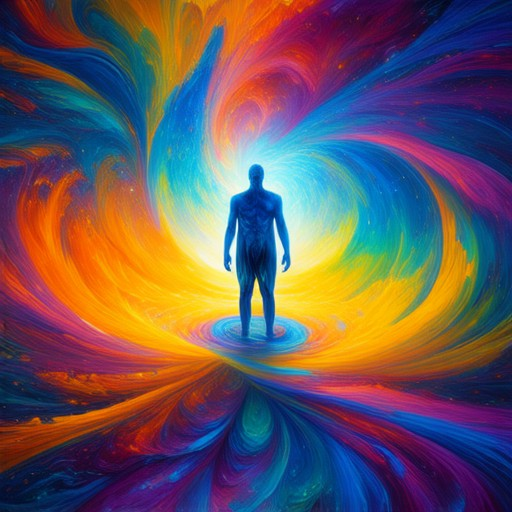
How Does Art Help with Personal Growth?
Art serves as a powerful tool for fostering personal growth and self-discovery. By engaging with art, whether through creation or appreciation, individuals gain deeper insights into themselves and their surroundings. Here are some key ways art contributes to personal development:
- Self-Expression and Creativity : Art provides a safe space for self-expression, allowing individuals to explore emotions, thoughts, and ideas that might be difficult to articulate verbally. This creative outlet can lead to greater self-awareness and confidence.
- Emotional Processing : Art often mirrors our inner world, helping us confront and process complex emotions. Through painting, sculpture, or even appreciating a thoughtfully crafted piece, people can gain clarity and understanding of their feelings.
- Mindfulness and Focus : Engaging with art requires attention and concentration, which can improve mindfulness and reduce stress. This mental discipline enhances overall well-being and emotional resilience.
- Inspiration and Motivation : Art inspires individuals to set goals and pursue passions. Observing a masterpiece or creating one’s own can boost motivation, leading to personal growth and a sense of accomplishment.
- Social Connection : Art bridges cultural gaps and fosters empathy. Participating in group projects or attending exhibitions can enhance social skills and understanding, promoting personal growth through shared experiences.
- Problem-Solving Skills : Art challenges the mind to think creatively, a skill essential for overcoming obstacles in life. This ability to approach problems differently can lead to new perspectives and solutions.
By embracing art, individuals can unlock their potential and evolve emotionally, mentally, and socially. Explore the transformative power of art today and see how it can contribute to your personal journey. Visit Patrick Mettraux to discover more creative insights and inspiration.
Artistic Exploration
Artistic exploration is a journey of discovery, where individuals delve into various forms of creative expression to unlock their potential and find inspiration. This process involves experimenting with different mediums, styles, and techniques to develop a unique artistic voice.
Key Aspects of Artistic Exploration
- Definition: Engaging in artistic activities to express emotions, ideas, or perspectives in creative ways.
- Purpose: To stimulate creativity, foster innovation, and provide a therapeutic outlet for self-expression.
- Methods: Experimenting with painting, drawing, music, dance, poetry, and other creative forms.
Benefits of Artistic Exploration
- Enhanced Creativity: Expanding your skill set and thinking outside conventional boundaries.
- Inspiration: Gaining fresh perspectives and ideas for personal growth and professional development.
- Stress Relief: Engaging in artistic activities can reduce stress and improve mental well-being.
How to Approach Artistic Exploration
- Set Goals: Define your objectives, whether it’s mastering a particular technique or experimenting with a new medium.
- Seek Feedback: Share your work with peers or mentors to gain constructive criticism and improve.
- Stay Curious: Explore diverse cultures, movements, and historical periods to inspire your creative process.
Examples of Artistic Exploration
- Diverse Mediums: Transitioning from traditional painting to digital art or sculpture.
- Cultural Fusion: Blending elements from different art forms to create unique pieces, like combining music and visual art.
- Thematic Exploration: Focusing on a specific theme, such as nature or human emotion, across various projects.
Tips for Successful Exploration
- Be Open-Minded: Embrace failure as part of the learning process and don’t fear experimentation.
- Practice Regularly: Consistency is key to developing your skills and style over time.
Discover more creative tips and resources to fuel your artistic journey.

What Does Artistic Growth Mean?
Artistic growth refers to the evolution and development of an individual’s artistic skills, creativity, and expression over time. It encompasses the journey of mastering one’s craft, exploring new techniques, and deepening one’s understanding of art and design. Artistic growth is not confined to a specific medium but extends to all forms of creative expression, whether in visual arts, performing arts, literature, or digital media.
Key Components of Artistic Growth
- Skill Development : Artistic growth begins with the mastery of fundamental techniques and tools. Whether it’s painting, sculpting, playing an instrument, or writing, honing one’s skills requires consistent practice, dedication, and a willingness to learn from mistakes.
- Exploration of Mediums : Growth often involves experimenting with various mediums and styles. An artist may shift from traditional oil painting to digital art or incorporate mixed media to find their unique voice.
- Experimentation and Innovation : Artistic growth thrives on curiosity and experimentation. Artists constantly push boundaries, explore new ideas, and challenge conventional norms to create something extraordinary.
- Learning from Others : Inspiration can come from observing the work of established artists, studying art history, or engaging with diverse cultures. This exposure broadens perspectives and provides fresh perspectives for creative expression.
- Personal Reflection and Expression : Growth occurs when an artist connects their inner world with their work. This connection allows for authentic and meaningful creation, fostering a deeper sense of identity and purpose.
The Role of Practice and Feedback
Regular practice is essential for artistic growth. It helps artists refine their craft, develop their style, and build confidence. Feedback from peers, mentors, or audiences offers valuable insights, helping artists identify strengths and areas for improvement.
The Journey of Continuous Learning
Artistic growth is a lifelong journey. It’s about embracing challenges, welcoming change, and celebrating progress. Every stroke of the brush, every note played, and every word written contributes to the artist’s evolution. Over time, this growth leads to a richer, more dynamic body of work that reflects the artist’s unique vision and experiences.
Resources for Inspiration and Growth
For those seeking inspiration and guidance, platforms like Patrick Mettraux offer valuable insights and reflections on creativity. Exploring diverse artistic communities and engaging with workshops can further fuel your journey toward artistic growth.
By nurturing creativity and embracing the process, artists can unlock their potential and contribute meaningfully to their field. Artistic growth is not just about producing art; it’s about discovering oneself through the act of creation.
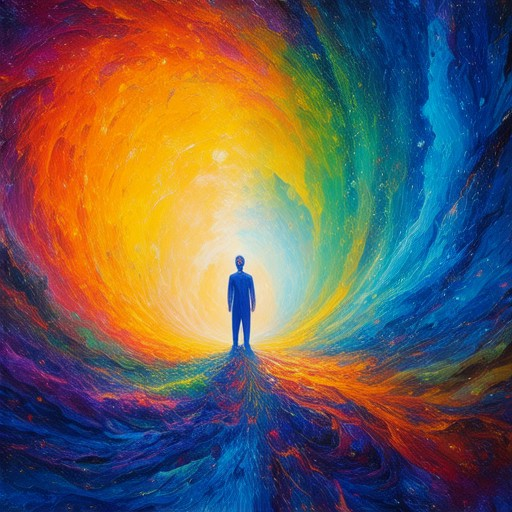
How Does Artistic Expression Help Childhood Development?
Artistic expression plays a vital role in childhood development, offering numerous benefits that contribute to overall growth and learning. Here’s a breakdown of how it impacts young minds:
- Creativity and Imagination :
Art allows children to explore their imaginations freely. By engaging in creative activities, they learn to think outside the box and approach problems uniquely. This fosters innovation and sparks curiosity, essential skills for future success. - Emotional Expression :
Art provides a safe outlet for children to express their emotions. Whether painting, drawing, or dancing, creative outlets help kids process complex feelings and develop emotional intelligence. This can lead to better understanding and management of their emotions. - Cognitive Development :
Participating in artistic activities stimulates brain development, particularly in areas responsible for memory, attention, and problem-solving. Studies show that children who engage in regular creative activities often perform better academically and exhibit improved critical thinking skills. - Social Skills :
Collaborative art projects teach teamwork and communication. Working together on a piece encourages cooperation and mutual respect, important traits for building relationships and working in groups later in life. - Problem-Solving :
Art challenges require kids to make decisions and adapt to constraints, teaching them valuable problem-solving techniques. These skills translate well into everyday situations and academic challenges.
By fostering artistic expression, parents and educators can help children develop a range of essential life skills while fostering a love for creativity that lasts a lifetime. Explore more on how creativity shapes young minds to see the full impact of artistic engagement during early years.
How Does Performing Arts Help In Growth And Development Of A Child?
Engaging in performing arts offers numerous benefits that contribute significantly to a child’s overall growth and development. Below are detailed explanations of how performing arts aids in various aspects of a child’s life:
Cognitive Development
Performing arts enhances cognitive functions such as memory, attention span, problem-solving, and critical thinking. Children involved in performances often develop better memory retention by memorizing lines or musical scores. The repetitive nature of practicing routines also sharpens attention and focus. Additionally, engaging in creative problem-solving during rehearsals helps children develop stronger analytical skills.
Emotional Growth
Participating in performing arts provides children with a healthy outlet for emotional expression. Through acting, singing, or dancing, kids learn to channel their emotions constructively rather than internalizing them. This emotional release contributes to better mental health and emotional regulation. Furthermore, performing arts instill a sense of belonging and pride, boosting self-esteem and fostering a positive self-image.
Social Skills Development
Performing arts environments often require collaboration and teamwork, making them excellent platforms for developing social skills. Group rehearsals and performances teach children how to communicate effectively, respect diverse perspectives, and work toward a common goal. These interactions enhance interpersonal communication and teamwork, preparing children for future social dynamics in school and beyond.
Physical Well-Being
Dancing, acting, and singing involve physical movements that promote coordination, strength, and flexibility. Engaging in these activities regularly can improve a child’s gross motor skills and overall physical fitness. Additionally, the expressive nature of performing arts can reduce stress and promote a healthy lifestyle by encouraging regular movement and physical activity.
Creativity And Imagination
Performing arts foster creativity and imagination by exposing children to a wide range of expressions and styles. Whether it’s experimenting with different characters in a play or exploring unique choreography in a dance routine, kids learn to think outside the box and approach problems creatively. This imaginative thinking extends beyond the arts into academic subjects and everyday life.
Confidence Building
Performing in front of an audience can be intimidating, but it also builds confidence. Children who participate in performances learn to overcome stage fright and embrace their abilities. Over time, this experience leads to increased self-assurance, which carries over into other areas of their lives. Feedback from teachers and peers further reinforces their sense of accomplishment and capability.
Lifelong Skills
Engaging in performing arts teaches children valuable life skills such as adaptability, responsibility, and goal-setting. Managing rehearsal schedules requires planning and organization, while adapting to last-minute changes during performances cultivates flexibility. Achieving personal goals, whether mastering a difficult piece or contributing meaningfully to a production, instills a sense of achievement and perseverance.
Overall, participating in performing arts is a holistic experience that benefits children in cognitive, emotional, social, physical, and creative dimensions. It not only supports their current development but also lays a foundation for lifelong learning and personal growth.

Why is Creativity Important?
- Problem Solving : Creativity is essential for overcoming challenges and finding innovative solutions. It allows individuals to approach problems from unique angles and develop effective strategies.
- Personal Growth : Engaging in creative activities fosters self-discovery and personal development. It helps individuals unlock hidden talents and grow in ways they might not otherwise expect.
- Economic Impact : Creativity drives economic growth by fueling industries such as technology, art, and design. It contributes significantly to innovation and productivity, which are key factors in economic success.
- Cultural Exchange : Creativity facilitates the sharing of ideas and cultural perspectives. It bridges gaps between different cultures and fosters mutual understanding and respect.
- Mental Health Benefits : Participating in creative activities can reduce stress, anxiety, and depression. It provides a healthy outlet for self-expression and can significantly improve overall well-being.
By embracing creativity, we unlock our potential and contribute positively to our lives and the world around us.
Patrick Mettraux explores creativity through storytelling and artistic reflections, inspiring readers to nurture their creative processes.

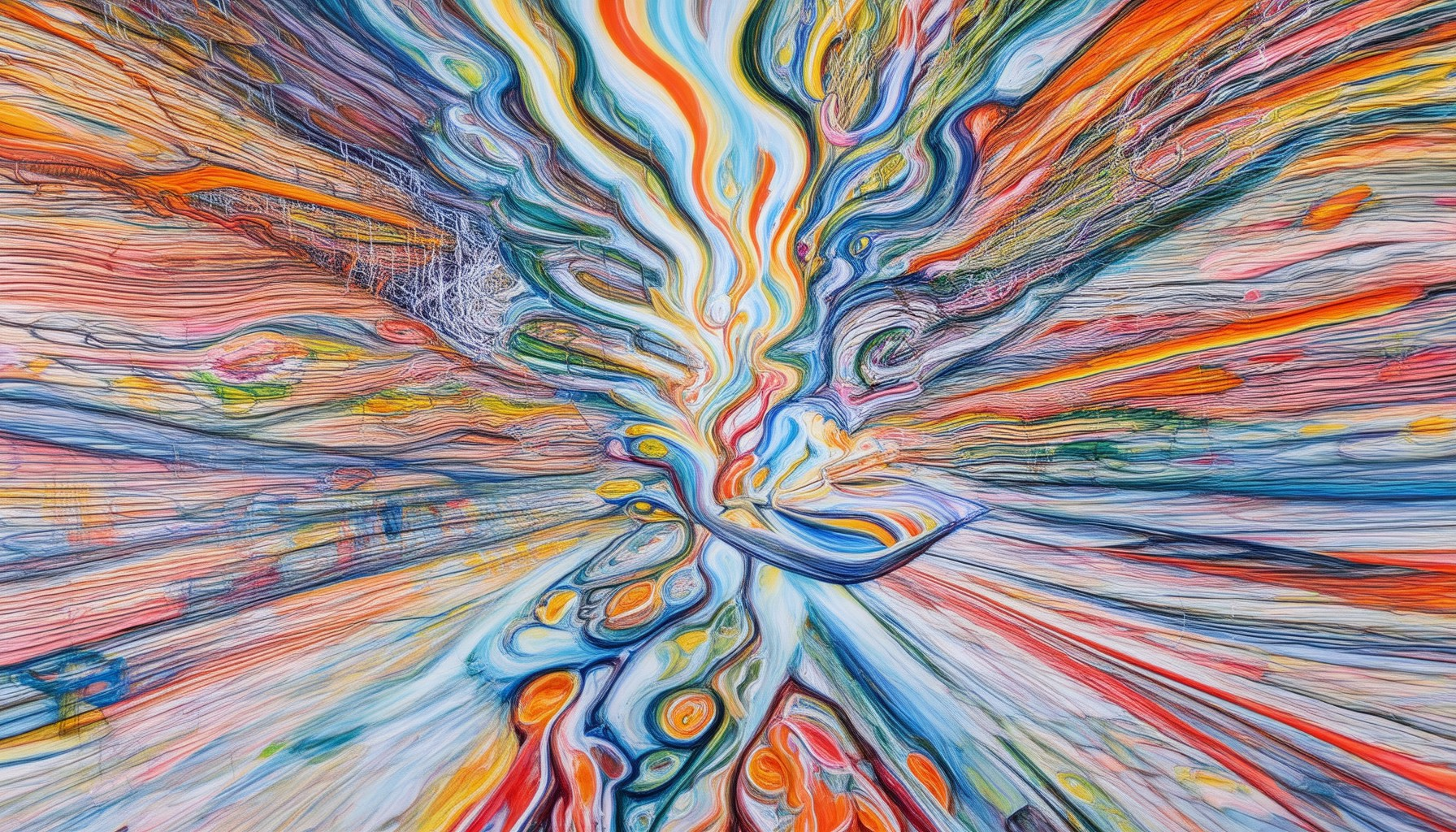
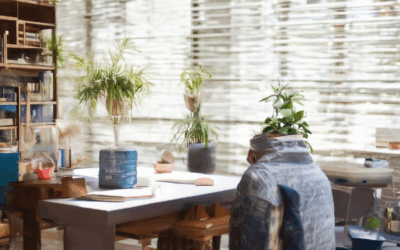
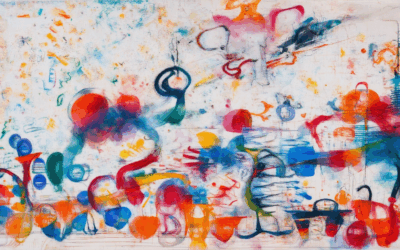

0 Comments